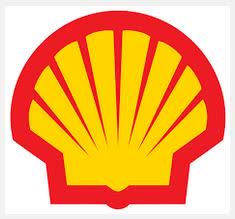On Thursday, April 30, Royal Dutch Shell (RDS.A) (RDS.B) announced something that it hasn't done in 75 years: a dividend cut. The board of directors knocked back the quarterly dividend by 66 percent. Many investors were surprised at the move. I was one of them.
The cut was particularly tough. At the bottom of the 2015-16 energy commodity crunch, CEO Ben van Beurden promised to hold the line on the payout for at least 18 months; back then, Shell made good on the promise.
In contrast, late January 2020 saw van Beurden offer some remarks that came back to haunt him and the company. During an interview with Bloomberg News, he was adamant that payouts to shareholders are sacrosanct.
“I think lowering the dividend is not a good lever to pull if you want to be a world-class investment case, so we’re not going to do that,” he said. “And it’s also not needed, to be perfectly honest.”
Just three months later, the plain-speaking Dutchman had the rug pulled out from under him.
The board of directors (of which he's a member) declared the 1Q 2020 dividend will be cut from 94 cents per ADR to 32 cents. Management labeled the new dividend a “reset.”
Investors reacted negatively.

Shell Was An Outlier
To date, RDS was the only super-major energy company to cut a 2020 dividend. The others maintained or even raised payouts.
The move magnified management scrutiny.
So let's take a walk down the Street with the super-major energy companies and see how these stack up. We'll recap our findings and attempt to draw some conclusions at the end of this article.
A Few Words On Methodology And Comparisons
For each company, we'll recap some dividend history. Next, we will tally 1Q 2020 cash flow, free cash flow, and net cash after paying the